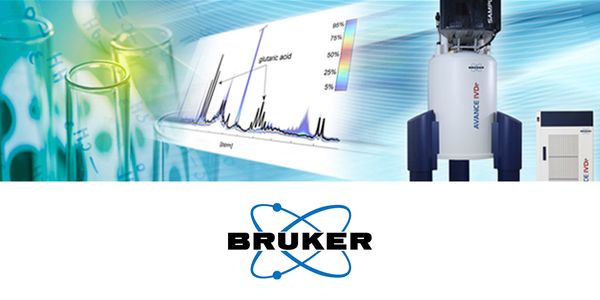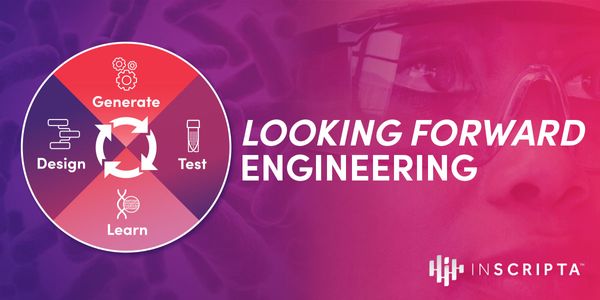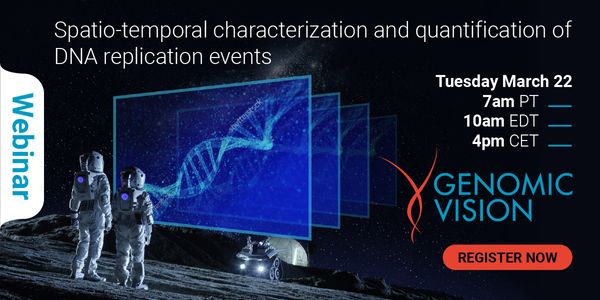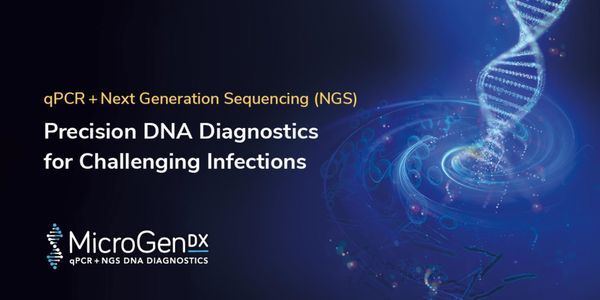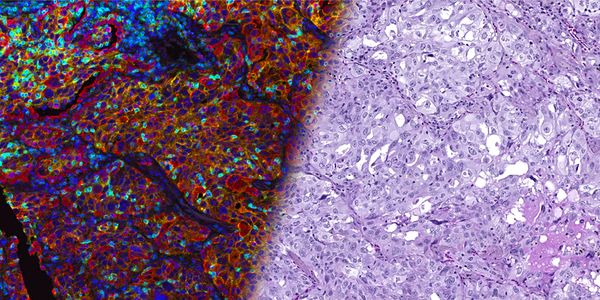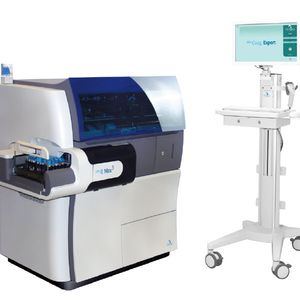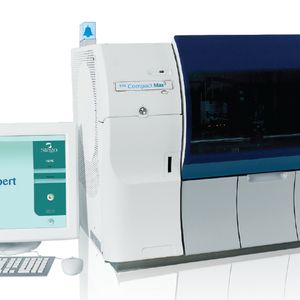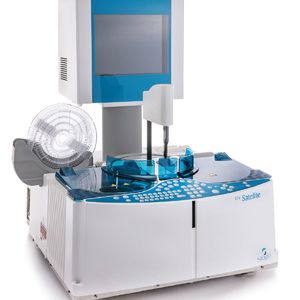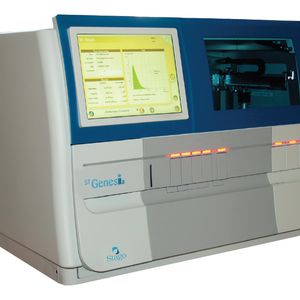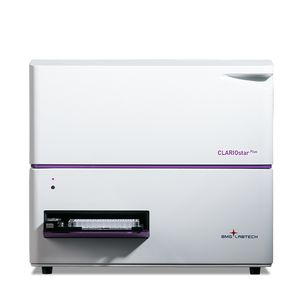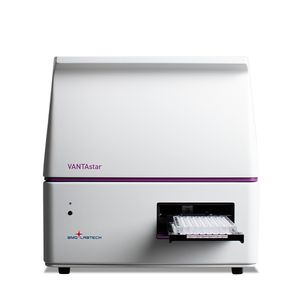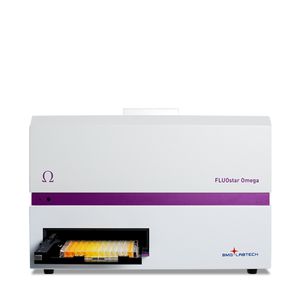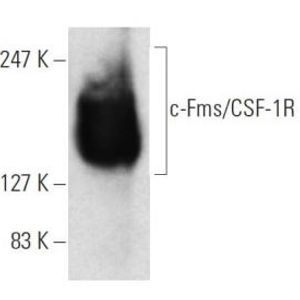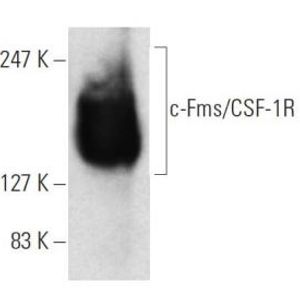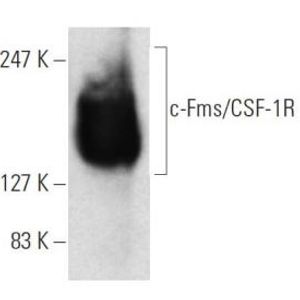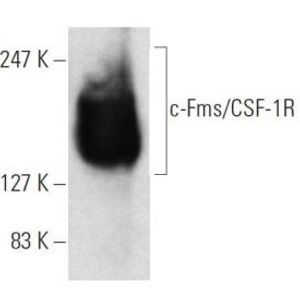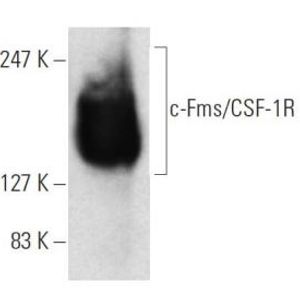Health & Medicine Webinars
Learn about the latest medical breakthroughs by participating in webinars on topics surrounding disease, prevention and treatment in accordance with the latest research in health and medicine. Updates encompass a biological, psychological and sociological understanding of health.
Show More
-
Simplifying Rodent Surgery... Tips for improving technique without incurring unreasonable costs Good science is greatly dependent on minimization of study variables. Surgery has the potential...
AUG 30, 2018 | 8:00 AM
DATE: August 30, 2018TIME: 11:00am EDT, 5:00pm CEST The need to quantify urine is valuable because it provides information on chemicals that the body makes naturally, as well...
NOV 10, 2022 | 8:00 AM
Date: November 10, 2022 Time: 8:00am (PST), 11:00am (EST), 5:00pm (CET) Single B cell screening is a powerful and efficient strategy for generating antigen-specific monoclonal antibodies. Di...
The genome determines changes of the transcription profile upon environmental changes and finally determines how a cell reacts. A comparative genome and transcriptome analysis of the same sam...
OCT 17, 2013 | 1:00 PM
C.E. CREDITS
Invading cancer cells leave the tumor to form distant metastases and are ultimately responsible for 90% of deaths in cancer. Reducing the ability of cancer cells to invade and metastasize cou...
Challenges in achieving comparability, reproducibility and accuracy in biological assays has driven a demand for improved confidence in measurements that support development of regenerative m...
Appropriate dosing of pharmaceuticals is critical to prevent sub-therapeutic efficacy or the occurrence of adverse events. However, genetic variability may significantly influence an individu...

